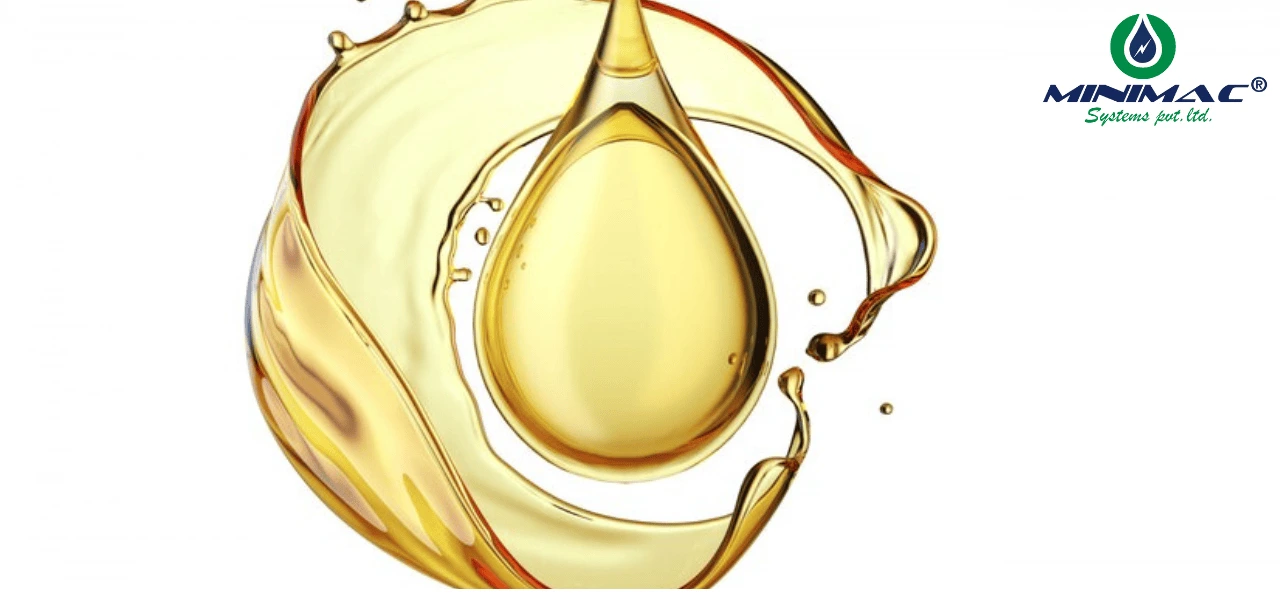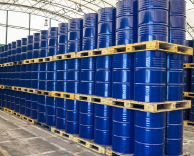High Viscosity in Lubrication: Benefits, Applications & Best Practices
Introduction to High Viscosity
The most important property of a lubricant is viscosity; it is the indicator of how well it works in the various circumstances it will encounter. It is a measure of a lubricant’s flow, its resistance to shear and its capacity to form a film between moving components.
Process Overview: High-Viscosity Lubricants are applied for: In many industrial lubrication processes, high-viscosity lubricants are required in order to:
✔ Reduced friction and wear
✔ Superior load-bearing experience
✔ Protects under extreme pressure and heat
Oils and greases of high viscosity have broad applications in heavy-duty equipment, such as gearboxes, bearings, turbines, and hydraulic systems under severe high loads and adverse environments. It's important to know how viscosity affects lubrication to make sure that machines are as efficient and long-lasting as possible!

The Science Behind Viscosity in Lubrication
What is Viscosity?
Viscosity is a liquid’s resistance to flow. In simpler terms:
- Thin oils are runny and good for fast-running gear.
- Higher viscosities have more body, which leads to higher lubricating film strength and wear protection.
The Viscosity Index is an indicator of the extent to which the viscosity of a lubricant changes with temperature. For example, a lube with a high viscosity index will remain stable across temperatures, which is useful considering extreme temperature conditions.
The Role of Viscosity in High-Velocity Applications
Kinematic Viscosity vs. Dynamic Viscosity
- Kinematic viscosity is a measure of a fluid's resistance to being moved under the force of gravity. It has an important place in fluid flow research.
- Viscoelastic properties represent the resistance of a fluid to shearing forces, affecting drag and aerodynamic responses.
Reynolds Number and Its Influence on High Velocity
The flow is laminar or turbulent depending on the Reynolds number. It is a non-dimensional number that expresses the flow pattern of fluids at various flow velocities.
- Efficient fluid dynamics
- Reduced turbulence
- Less energy is lost to drag.
Impact on Fluid Flow and Fluid Dynamics
In high-speed lubrication, a suitable viscosity is desirable to minimize drag with a good lubrication film. A lower dynamic viscosity is beneficial to fluid running and a higher dynamic viscosity is favorable to load-carrying capacity.
Why is High Viscosity Important?
Metal is subjected to enormous stress in a high-load, slow-speed application. A viscous fluid lubricant provides an effective delimiter between metal surfaces, which directly reduces contact between metal surfaces in all conditions.
Key Benefits of High-Viscosity Lubricants
1. Improved Wear Protection
At the other end of the spectrum, thicker, higher-viscosity lubricants create a denser layer of protection, reducing wear on parts such as gears, bearings and hydraulic pistons. This means Solda has a longer life and lower maintenance costs.
2.Higher Load Capacity:
The heavy shock loads that industrial machines are typically subjected to. The high viscosity gear oils and EP (Extreme Pressure) greases prevent shear down under high stress, maintaining a thin oil layer for smooth running even in severe conditions.
3. Stronger Lubrication Film
A high-viscosity lubricant provides a strong oil film, so it resists surface fatigue and scuffing in applications such as wind turbine gearboxes, mining equipment, and steel mills.
4. Resistance Characteristics in Aggressive Environments:
In sectors such as power generation, construction, and metallurgy, lubricants are subjected to high temperatures, pressure and impurities. High viscosity synthetic oils which are not prone to thermal breakdown, oxidation or sludge/performance robbing deposits.
To Know More About Minimac Systems - Click Here.
Applications of High-Viscosity Lubricants
1. Industrial Gearboxes
The primary gearboxes, which experience high torque and are loaded continuously, have to work with high viscosity of gear oil to:
- Prevent gear tooth wear
- For less micro-pitting and scuffing
- A smooth and efficient power transfer is guaranteed.
2. Heavy-Duty Bearings
Slow Speed, Heavy Load Bearings: Low RPM, high-load bearings are necessary for:
- Steel plants
- Mining conveyors
- Cement kilns
These are adhesion lubricants that help prevent bearing failures and reduce maintenance costs.
3. High-Temperature Equipment
Machines work at extraordinary temperatures in power plants, refineries and in aerospace. Synthetic High-Viscosity Oils Help Protect Against:
- Thermal breakdown
- Sludge formation
- Oxidation-related failures
4. Slow-Speed Machinery
High-Viscosity Lubrication: For open gears, worm gears, and heavy presses, higher viscosity lubricants.
- Film Thickness Required for Metal-Metal Contact
- Distribution of load to lessen the stress concentration
Challenges of High-Viscosity Lubrication
Despite the advantages of the high-viscosity lubricants, some issues are to be pointed out:
1. Energy Efficiency Concerns
A thicker oil provides more resistance to flow, increasing energy use in hydraulic and circulating systems.
2. Cold-Start Issues
High Viscosity Lubricants are Long Oil For every 10-degree reduction in temperature, oil viscosity increases by 30% to 40%.
- Pump ability
- Startup lubrication
- Oil circulation
Solution: Apply multi-grade or synthetic oils, which have better cold-flow properties.
How to Select the Right High-Viscosity Lubricant
Choosing the correct viscosity is critical for optimal machinery performance. Consider these key factors:
1. Operating Temperature
- High temperatures: choose a high-viscosity index lubricant to prevent thinning.
- Cold environments: Use synthetic lubricants for better flowability.
2. Load and Speed Conditions
- High load, slow speed: Requires higher viscosity for better film strength.
- Low load, high speed: Needs lower viscosity to reduce frictional losses.
3. Manufacturer Recommendations
- Always refer to OEM (Original Equipment Manufacturer) guidelines for optimal performance.
4. Lubricant Additives
Look for:
- Anti-wear (AW) additives for reducing friction
- Extreme Pressure (EP) additives for heavy loads
- Oxidation inhibitors to enhance lubricant life
Conclusion
Heavy lubricants are essential for the protection of industrial machinery as well as providing longer life and better performance. They excel in film strength, wear resistance and thermal stability and are suitable for use in gear boxes, bearings, and high-stress applications.
But getting the correct viscosity grade is key to achieving that balance of energy efficiency and lubrication performance. Operating environment, OEM recommendation and the additive package are what industries need to factor in for maximum reliability of the equipment.
For expert advice on high viscosity lubrication, please contact a lubrication specialist today!
Learn more about our services and industry insights by visiting our official LinkedIn page: Minimac Systems
FAQs:
- Thicker lubricants, which are used to carry greater loads former studies have shown that a higher viscosity corresponds to a higher load carriage.
- Reduced-viscosity lubricants move well so are able to reduce static friction for high-speed use.





